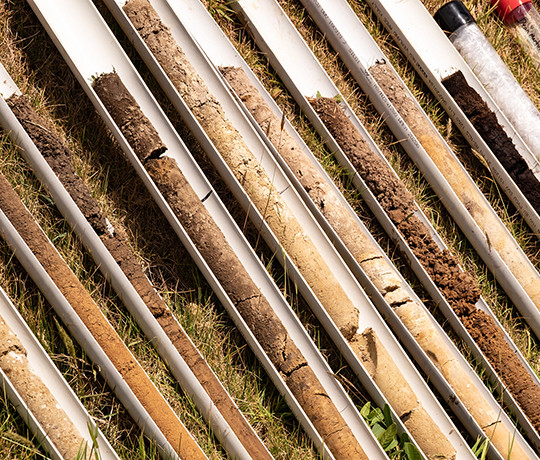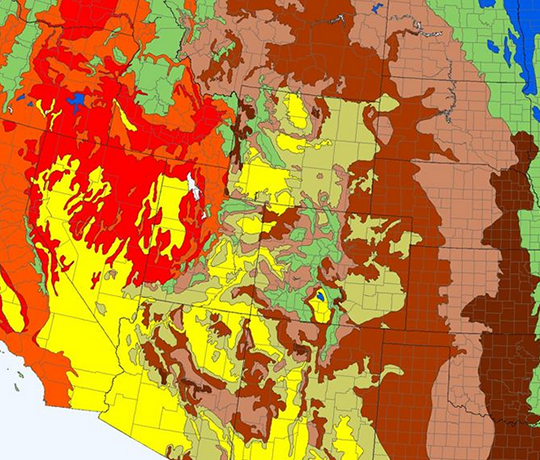World Reference Base for Soil Resources (WRB)
The World Reference Base for Soil Resources is an international soil classification system for naming soils and creating legends for soil maps
The World Reference Base for Soil Resources (WRB) is the international standard taxonomic soil classification system endorsed by the International Union of Soil Sciences (IUSS). It was developed by an international collaboration coordinated by ISRIC–World Soil Information and sponsored by the IUSS and the FAO and was designed to cater for any soil in the world.
WRB is a two-tier system of soil classification, with 32 Major Soil Groups (the “Reference Base”) and over 120 uniquely defined qualifiers for specific soil characteristics (the “WRB Classification System”).
For the latest WRB documents, please see https://wrb.isric.org/documents/.
The definitions in the WRB are based on field and laboratory data:
- Field data collection is outlined in the FAO Guidelines for Soil Description (FAO 2006).
- Laboratory procedures are outlined in the Procedures for Soil Analysis (Van Reeuwijk 2002). This is published by ISRIC–World Soil Information.
This open source article provides an excellent introduction to the WRB classification system.
For more information, visit the website of the IUSS Working Group WRB or the WRB Documentation Centre of KU Leuven.
The WRB is not intended to be a substitute for national soil classification systems, but rather to serve as a common denominator for communication at the international level.
Applying the WRB to New Zealand soils is still in its infancy, and the USDA Soil Taxonomy is used in most cases for communicating New Zealand soil types internationally.
ISRIC–World Soil Information have used digital soil mapping techniques to produce a global map of WRB reference soil groups. The map is available from the SoilGrids web mapping portal.



